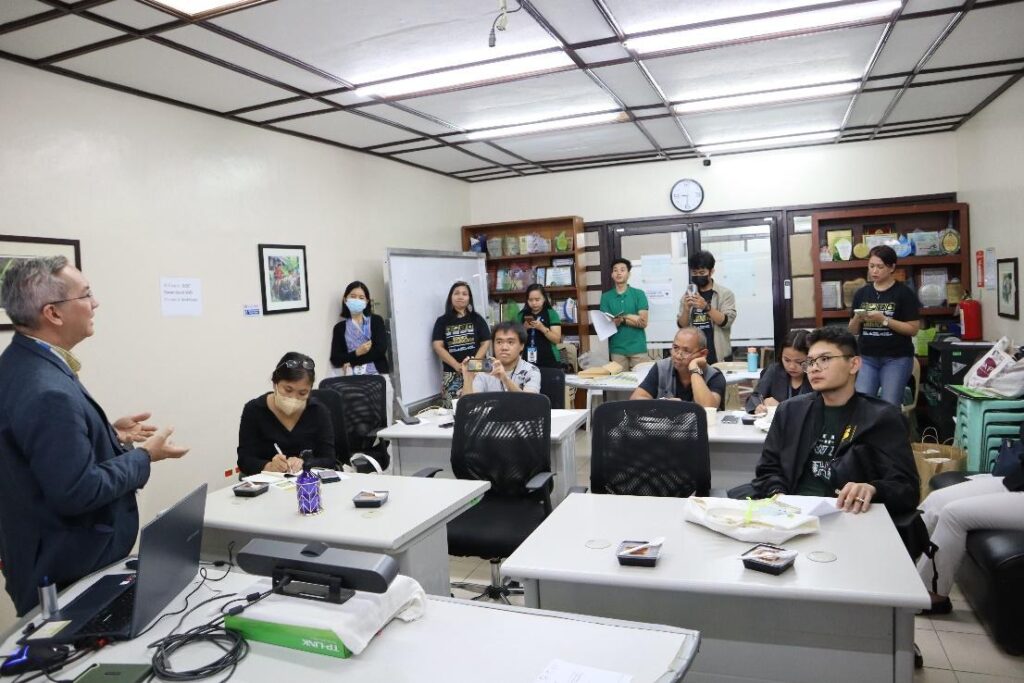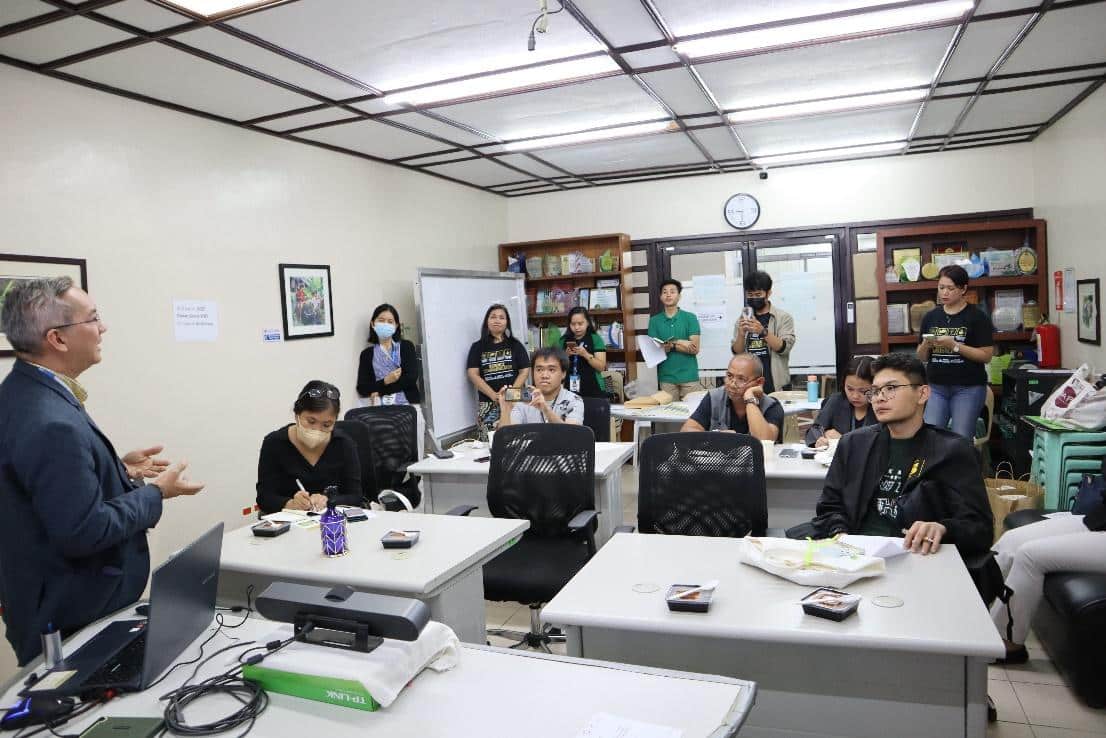While “nuclear” is stigmatized as an image of threat, danger or destruction, the Department of Science and Technology – Philippine Nuclear Research Institute (DOST-PNRI) broke the stigma as the agency conducted the Nuclear 101, a media conversation activity focused on communicating nuclear science and technology last August 24, 2023, at DOST XI Regional Office in Davao City.
Dr. Lucille V. Abad, Chief of Atomic Research Division of DOST-PNRI and a Career Scientist III, underscored the importance of safe and peaceful application of nuclear science and technology in providing solutions to the pressing problems in agriculture, industry, health and environment sectors that the Philippines is facing.
Event highlights include promising nuclear techniques in various sectors such as the Nuclear Power Plant in the industrial sector as a potential source of energy in the country.
In the health sector, the Cobalt-60 Multipurpose Irradiator which helps in treating cancer patients and the Sterile Insect Technique (SIT) which is an environmentally friendly insect pest control method involving the mass-rearing and sterilization, using radiation to mitigate dengue-cases in the Philippines.
In the agricultural landscape, the mutation breeding technique which promotes an increase in crop yields and productivity and the food irradiation where ionizing radiation applied to food could eradicate potentially dangerous bacteria, avoiding the occurrence of foodborne illnesses. Food irradiation is used to guarantee the commercialization of fruits and vegetables over quarantine boundaries and prevent the spread of insect pests as well, which is a rapidly expanding commercial application.
In the environmental sector, radiation techniques were used to treat existing plastics transforming it into a useful block used in making chairs in order to reduce a massive amount of garbage in the environment and to mitigate climate change and global warming.
DOST XI Regional Director, Dr. Anthony C. Sales, PFT, CESO III, gave strong emphasis on the involvement of media in the pentahelix approach to development: government, industry, academe, civil society, and the media.
“Media personnel know the structure and process of communication and their expertise is necessary in order to properly communicate different nuclear techniques for holistic approach,” he added.
The number of questions the attendees asked both during and after the discussion shows that the event piques their interest in nuclear methods. Contrary to what they thought, it also provided media professionals enlightenment about what really are the endless potentials of nuclear technology. (PR)


